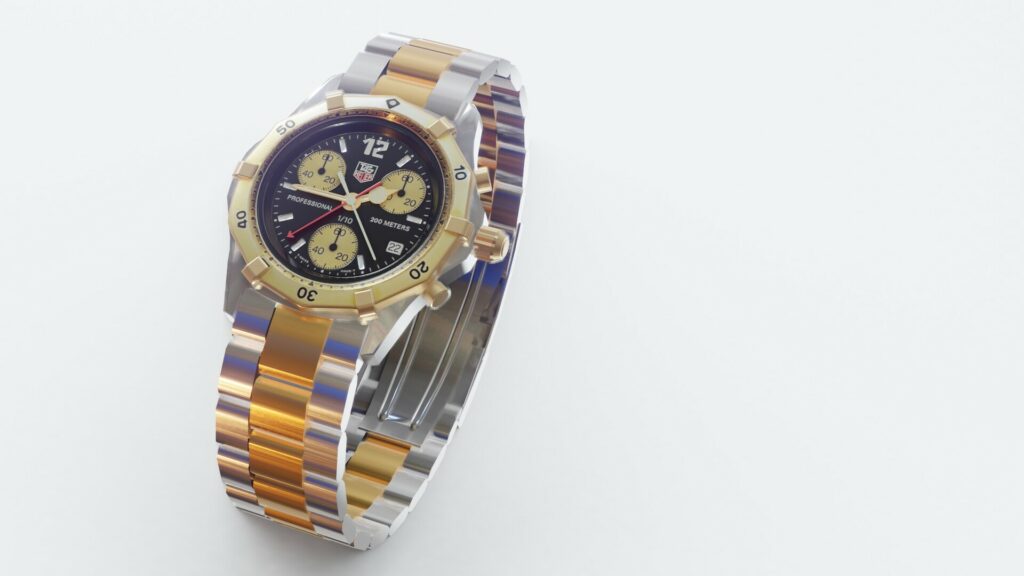In order to create an immersive and memorable 3D personalisation experience for your customers, you need 3D models. A compiled 3D object in the .glb format, containing its mesh, materials, animations and textures, is an invaluable asset for displaying realistic replicas of your products that customers can interact with and adjust in real-time on their devices with ease – all on the web.

Any product within the product space can be digitized into a 3D model, everything from apparel to automotive to kitchenware – it’s all possible. Best practices, technical requirements, general tips and helpful tools to improve your 3D product modelling flow can all be found here at SpiffCommerce.
3D Model Requirements
In order for a smooth and efficient customer experience, your 3D models need to be created respective of a few key principles. Listed below are the technical requirements for Spiff 3D models and 3D models created for the web, as well as models supplied to us at Spiff that need updates (Unwrapping, changing or adding design areas etc).
files:
- File format: .GLB for completed models, .FBX, .BLEND, .OBJ for models supplied.
- File Size: 10 MB or less, including all textures and animations for a smooth experience.
- File Names: camelCase or snake_case. Ideally: brand_product_part.filetype
mesh/models:
- Mesh: Quad-based models only. Tri-based models supplied for unwrapping will be rejected, alternatively, we do offer re-meshing services. (exported.GLBs will have tri-based topology, supply as .Blend or .FBX instead.)
- Quality: Clean quad-based modelling with good topology, without unnecessary loops or vertices.
- Vertices: upper limit of 60-80k for highly detailed models, more can be used with simpler textures, but keep with the principle that lower is always better.
- Normals: applied normals with correct face orientation.
- UV maps: Non-overlapping where possible, and unwrapped to your forms/designs. Single channel UV.
- Scale: Applied real scale in millimetres or inches depending on the product rather than random scale (Eg 20mm, rather than 90000mm)
materials/textures:
- Material Names: PascalCase or Pascal_Snake_Case, name materials with context. Eg: “Laces”, “Button”, “MetalSections”, avoid indexed material names like material.001, material.002 etc.
- Texture file format. JPG preferred. PNG will work too, but usually larger in file size.
- Textures size: 4k limit, under 1Mb per texture preferred.
- Texture workflow: Compiled ORM/metalness textures: Base Color, ORM, NormalMap and AmbientOcclusion.
output files:
- Output: Finalised models ready to upload to your Spiff Asset Manager must be in the .GLB format.
Custom Properties supported by Spiff
- useDepthPrePass – With a value of 1, this will force the Depth Pre Pass setting in the Spiff editor to enable. (Object Property)
- mirrorTexture – and adaptiveBlurKernal, used to blur the mirror (Object property)
- useParralax – (Material Property) enables Parallax Mapping over Bump texture
- translucencyR (Red channel of translucency tint)
- translucencyG (Green channel of translucency tint)
- translucencyB (Blue channel of translucency tint)
- refractionIOR (Material Property) – adjusts the Index of Refraction for refraction-enabled models. Use the Transmission slider in Blender’s Principled BSDF node to enable refraction on export.
- hidden – Hides and objects from post-order renders/brochures. (Object property)
If you use translucency R, G or B you must specify all 3
